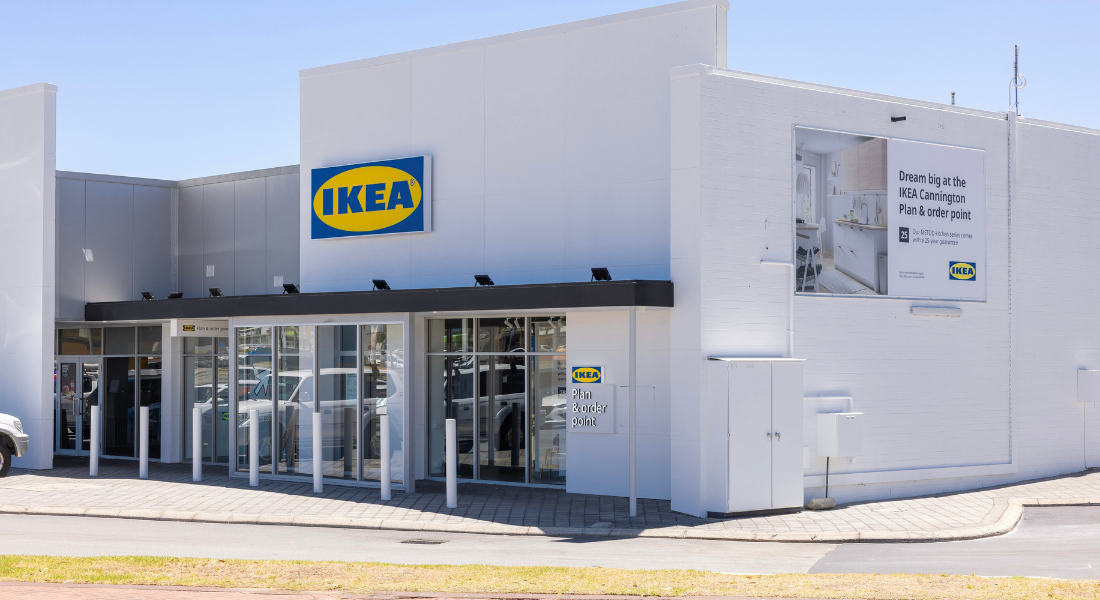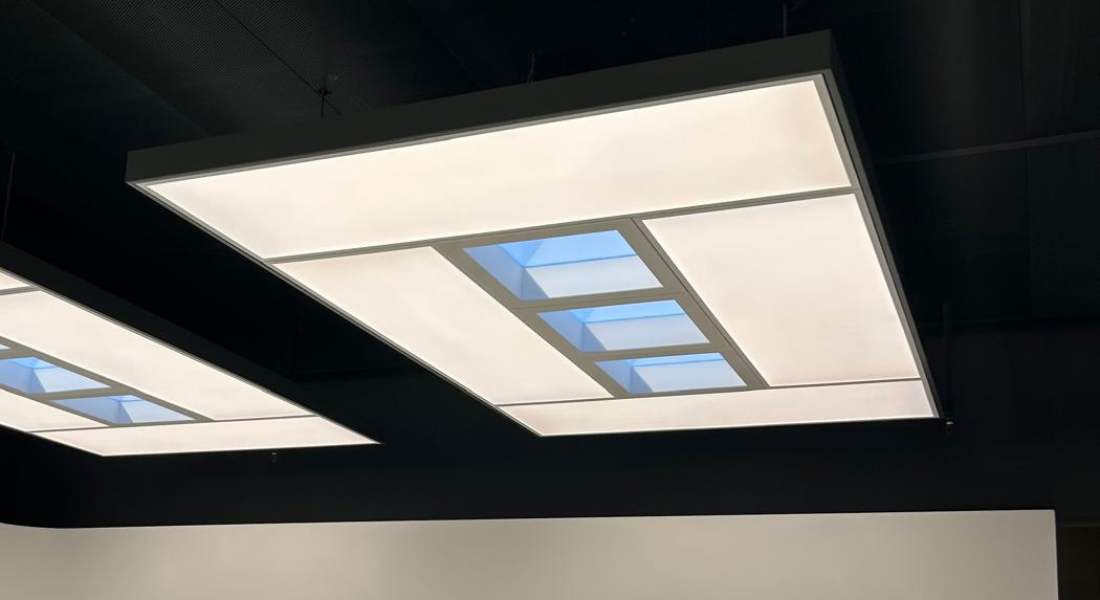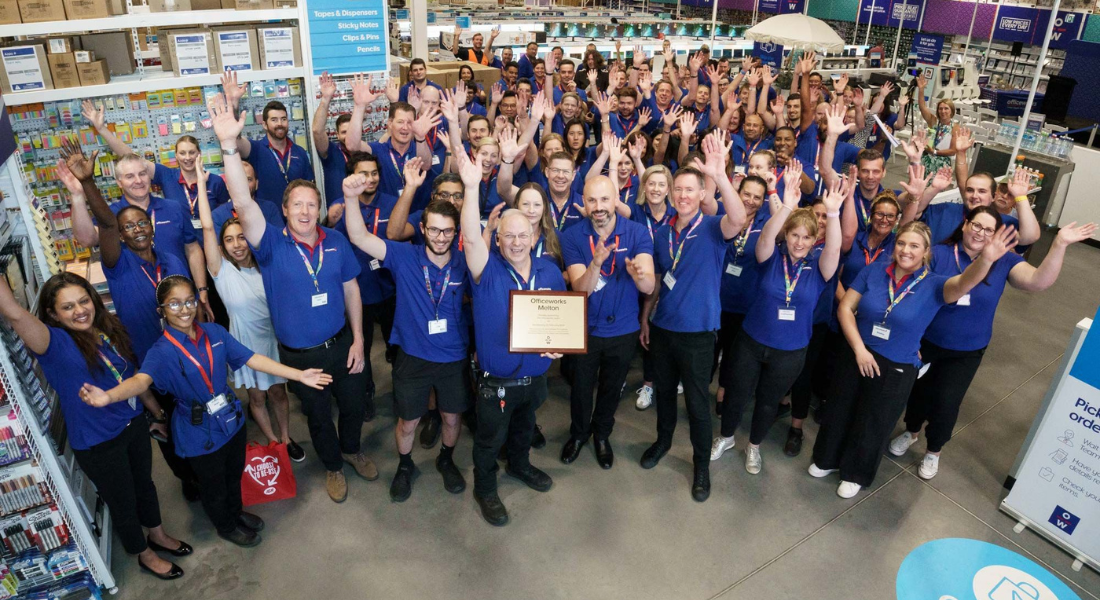Retail Economic Snapshot Large Format Retail Association

At the NSW LFRA Forum in February, members had the pleasure of hearing from Mr Daniel Bunting, Senior Director, Economic & Financial Consultant at FTI Consulting.
During the presentation, Mr Bunting provided an economic snapshot of the retail industry and the impacts and challenges of inflation.
The most significant insights for the industry provided was the status of construction, with a myriad of expansive new projects, and the general outlook held for the industry in the year to come.
Construction in Large Format Retail
An improvement in the sector’s performance has arrested the decline in new projects in the industry, with retail and wholesale construction activity projected to stabilise in the near term, which comes after a decade of longer term structural decline.
Bunting warned that the retail industry may still face challenges however from pressures stemming from the cost of living and rising interest rates, which might cause sales growth to decline from recent highs.
Most importantly, new Large Format Retail projects are in the pipeline.
FTI Consulting projects that there will be over 12 Large Format Retail sites over $50 million in the next twelve months.
These projects include a number of Queensland sites such as the McGregor Homemaker Centre, Mt Gravatt and Brendale.
As well as Victorian sites which include the Leopold Homemaker Centre, HomeCo Cranbourne and Melton Homemaker Centre.
And lastly, the Geraldton Homemaker Centre in Western Australia.
Overall outlook
Bunting noted that the industry had reasonable growth and activity in employment, with record low levels of unemployment to support an upgrade to the outlook for building and construction activity in 2021-22 and early 2023.
Most significantly, Large Format Retail spending boomed during the lockdown and covid months.
However, as we move further away from the pandemic the activity has continued to return to trend as the nation re-opens and normal trad resumes.
As the Reserve Bank of Australia (RBA) will continue to raise interest rates and ultimately reduce the demand in the economy, a slowdown in household formation is expected to result in cuts to discretionary spending and place pressure on retailers.
The subsequent rise in rents, CPI and costs for owners of commercial spaces who face rises in capital, materials and labour costs all present future challenges for the industry.
Bunting warns as material costs have risen; a second wave of costs pressure is coming.
There was significant cost escalation in construction in 2021 and 2022, with signs however that the cost escalation for some of these items is in decline.
Additional escalation however is anticipated for capital equipment purchased overseas.
The transition to renewable energy solutions is a major plank supporting the upbeat outlook for infrastructure, and there is some risk that planned spending is delayed allowing the spike in costs to pass while capacity constraints are unwound.
Overall, FTI Consulting describes the outlook to have rising growth with increasing risk.
With inflationary pressures, increasing interest rates, a tight labour market and softening demand threatening the outlook.
This means business in these circumstances can be like juggling knives in an environment of rapidly escalating costs and prices; understanding future costs and prices, efficiency, productivity, cash flow management, and investment planning are the pivotal keys to success.




